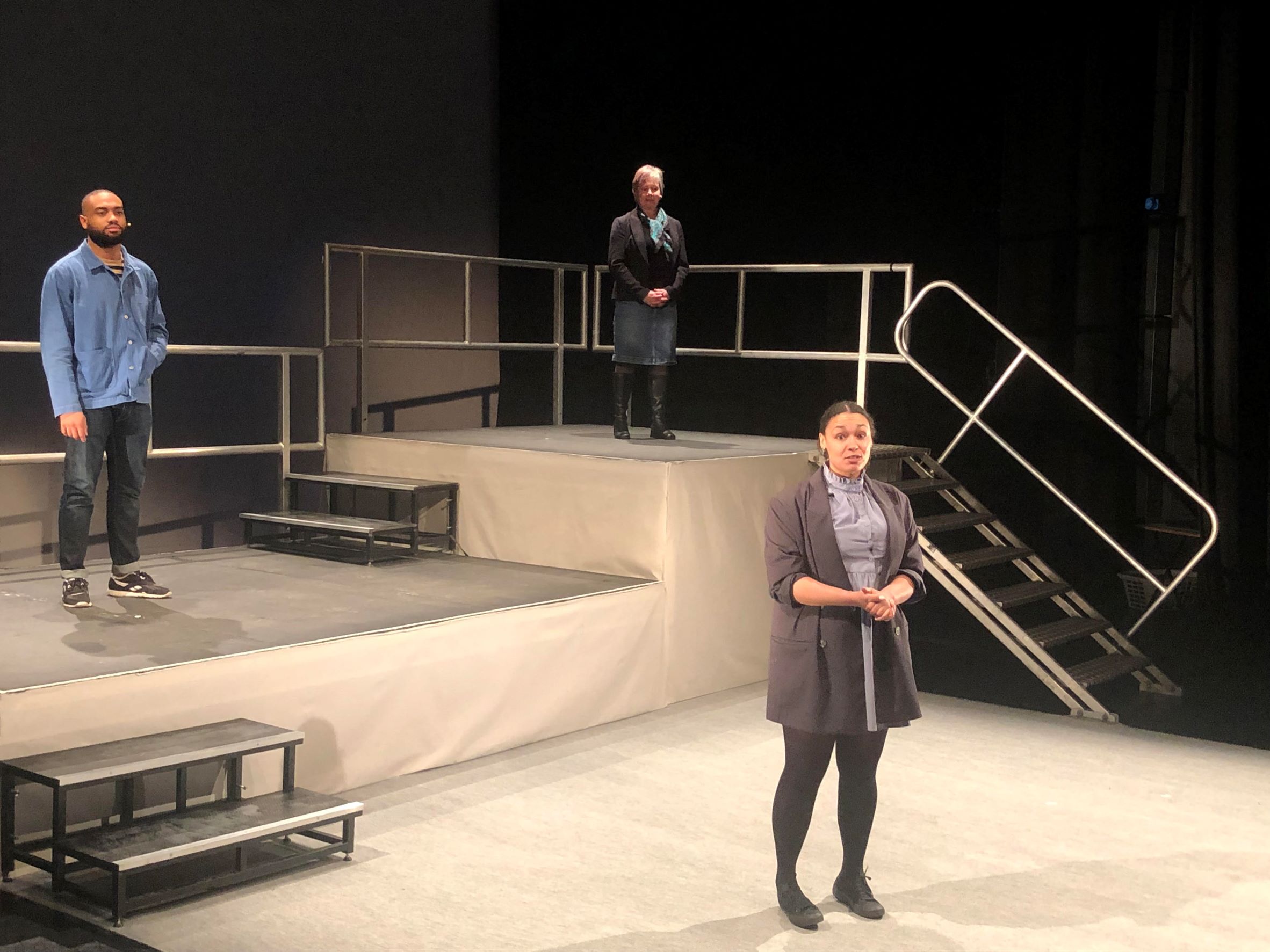
Culture Writers Jana Steinbach-Hunt and Will Staniforth attend the showing of Taking Steps and find it to represent real world issues perfectly but lacking action in its subplots
On the 23rd of November, we went to watch the latest creation of the Women&Theatre group at the Midlands Art Centre (MAC). The MAC, as its more affectionately known, has been entertaining the people of Birmingham with independent films, music and theatre for the best part of 60 years. This was the second showing of the hour-long production Taking Steps, Moving Forwards Together, a play conceived in the depths of COVID-19 and which aimed to challenge the stigma of being raised in care.
It followed three care workers and their often-challenging interactions with a multitude of young adults who had recently made the transition into the post-care world (care leavers as they are more commonly known). Through the carers’ eyes, we see the problems these young adults face, ranging from debt and petty crime to mental health, drugs, and even starting a family. We see the emotional toll this puts on their carers and the wider, more overarching pressures that the care system faces as a whole.
“The performance truly was ‘taking steps’ to envision a better care system
The performance truly was ‘taking steps’ to envision a better care system. It respectfully highlighted the issues of the current system without degrading the work these carers do; but wants to spark a wider conversation of system change, a conversation that society is yet to start. The performance did just this. The night ended with an open audience discussion, which brought together care workers, teachers, young adults of the care system and most importantly, the general public.
The themes and ideas that the play explored were truly moving, bringing light to the often overlooked but important work these carers do. However, the play itself fell slightly flat. This is not to say that any of the individual performances by the cast were weak but that the storyline as a whole was muddled. Focusing on multiple different cases and then sporadically moving between created confusion. It hindered overall character development and prevented the audience from developing true emotional connections to them. It also meant their individual arcs often left more to be desired.
For example, Eugene’s story: a boy in the absence of his carer falling into a culture of drugs and gangs. It was truly emoting; we was left incomplete. We never found out saw how this ate away at his mentor and how he was trying desperately to help him. However in the end the story what happened feels like a missed opportunity. The play focuses on too many stories, therefore, preventing the development of its stronger subplots.
It was the conversation at the end of the play which was really engaging and evoked far more of an emotive response for someone who has no experience with the care system. The writer, Connolly, created a safe but also empowering space where people could talk about their experiences with care and how the system needs improving. Doing exactly what the theatre company wanted: to destigmatise those in care and create a conversation about how to improve the care system. So, therefore, the project succeeded in its aims.
“It was a community-based performance; done by and for the local community
One also must not forget that the play was researched and written on a local scale. Judging by the audience and the room is chosen, The Foyle Room, a studio that could hold 50-80 people, the performance is not meant for mass consumption. It was a community-based performance; done by and for the local community. The performance did touch those in the audience who were linked to care. One audience member who was a teacher said that it was her second time seeing the performance, and she kept coming back as it made ‘her laugh and cry. Therefore, it achieved what was intended, bringing the local community and carers themselves together. Exactly what is needed for change.
Although Taking Steps reach could have gone further by evoking a greater emotional response from the public, it did reach its intended community targets.
Enjoyed this? Read more from Redbrick Culture here!
Comments